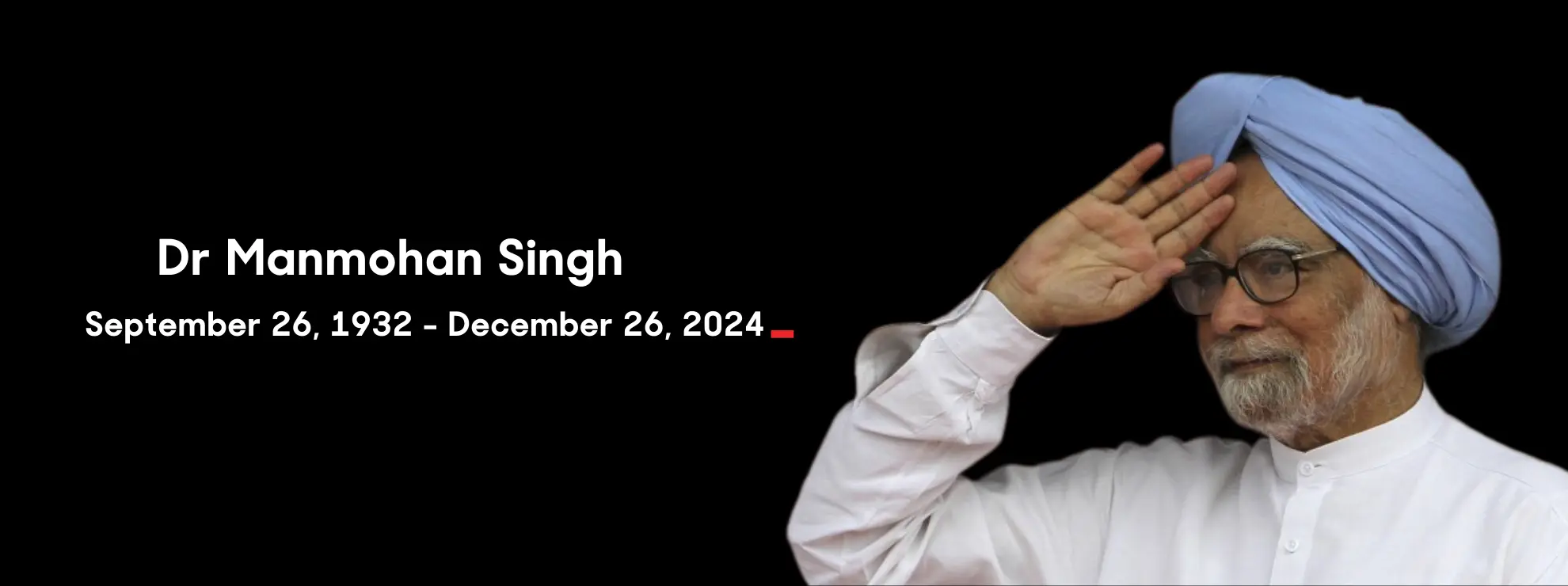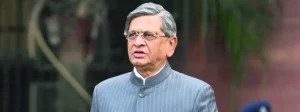(December 28, 2024) In June 1991, amidst the backdrop of an unprecedented economic crisis, Dr. Manmohan Singh was at home in Delhi, having just returned from a conference in the Netherlands. The call came late at night—a harbinger of a decision that would change the trajectory of India’s economic history. P.C. Alexander, a close aide of Prime Minister P.V. Narasimha Rao, informed Singh’s family that the Prime Minister wanted to meet him immediately. Singh, then the Chairman of the University Grants Commission (UGC), did not immediately grasp the significance of the summons.
“I didn’t take it seriously,” Singh later recounted. However, by June 21, he found himself at Rashtrapati Bhavan, taking the oath of office as India’s Finance Minister. Reflecting on the moment, the Global Indian said, “Everybody was surprised to see me as a member of the new team lined up to take the oath of office.” With this appointment, Narasimha Rao and Manmohan Singh embarked on a journey that would dismantle the restrictive Licence Raj and usher India into the era of liberalization.
The gentleman politician, and the architect of India’s market-economy reforms passed away on December 26, 2024, at the age of 92. Prime Minister Narendra Modi described the former PM’s passing as a “setback to the whole nation,” adding. “His life is an example for future generations regarding how we can rise above struggles and achieve greater heights. US Secretary of State Antony Blinken called Manmohan Singh one of the ‘greatest champions of the US-India strategic partnership,’ saying his “work laid the foundation for much of what our countries have accomplished together in the past two decades.” “India has lost one of its most illustrious sons,” wrote former Afghan President Hamid Karzai, in a heartfelt tribute to Dr Singh.

Early Life and Academic Brilliance
Manmohan Singh was born on September 26, 1932, in Gah, a village in the Punjab province of British India (now in Pakistan). Orphaned at a young age, Singh was raised by his grandmother. His upbringing instilled in him a sense of discipline and a hunger for knowledge, traits that defined his illustrious career. After excelling in his early education, Singh pursued higher studies in economics at Panjab University, earning both his bachelor’s and master’s degrees with distinction.
In 1957, Singh graduated from St. John’s College at the University of Cambridge, completing his Economics Tripos with first-class honors. He credited his Cambridge mentors, Joan Robinson and Nicholas Kaldor, for shaping his understanding of economics and fostering his interest in development and equity. His academic journey continued at Nuffield College, Oxford, where he earned his D.Phil. in 1962. His doctoral thesis on India’s export performance became the foundation for his later work on trade and policy.
Building an Exemplary Bureaucratic Career
Upon returning to India, Singh began his career as a lecturer at Panjab University and later at the Delhi School of Economics, inspiring countless students with his depth of knowledge and passion for teaching. However, academia was just the starting point of his journey. In 1966, Singh joined the United Nations Conference on Trade and Development (UNCTAD), where he gained invaluable experience in global trade policy.
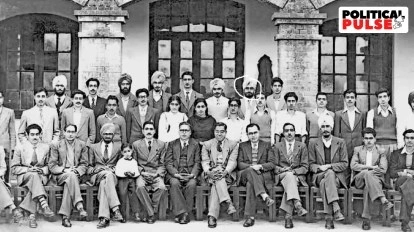
By the early 1970s, Singh had transitioned into Indian government service, assuming the role of Chief Economic Advisor in the Ministry of Finance. Over the next two decades, he held a series of key positions, including Secretary in the Ministry of Finance, Governor of the Reserve Bank of India, and Deputy Chairman of the Planning Commission. These roles honed his expertise in navigating complex economic challenges and prepared him for the pivotal moment in 1991 when he was called upon to rescue India from its financial crisis.
Manmohan Singh’s tenure as RBI Governor from 1982 to 1985 was particularly noteworthy. Under his leadership, the institution implemented policies to stabilize inflation and maintain fiscal discipline. His subsequent appointment as Secretary-General of the South Commission in Geneva further cemented his reputation as a leading economist on the global stage.
The Economic Crisis and Bold Reforms
The India of 1991 faced a dire economic crisis. Foreign exchange reserves had dwindled to just $1 billion, barely sufficient to cover two weeks of imports. Inflation was in double digits, the fiscal deficit hovered around 8.5% of GDP, and international lenders had stopped extending credit. The Reserve Bank of India had even pledged 46.91 tonnes of gold to raise $400 million to avert bankruptcy.
Upon taking charge, Singh explained the gravity of the situation to the Prime Minister and the Congress Party. Facing resistance within his own ranks, Singh and P. Chidambaram argued that without deregulation, the economy would collapse. With Narasimha Rao’s backing, Singh initiated sweeping economic reforms, dismantling the Licence Raj that had long stifled entrepreneurship. “We’re no longer afraid of the future,” Singh declared during his budget speech, signaling a decisive shift towards liberalization.
Singh’s reforms included reducing state control, cutting import tariffs, and opening up sectors to foreign investment. The economy began to stabilize, and these measures set the stage for India’s transformation into a global economic powerhouse. Despite resistance from critics, such as the Bombay Club, Singh’s policies revived industrial growth and fiscal discipline. P. Chidambaram likened Singh’s role in India’s reforms to Deng Xiaoping’s in China.
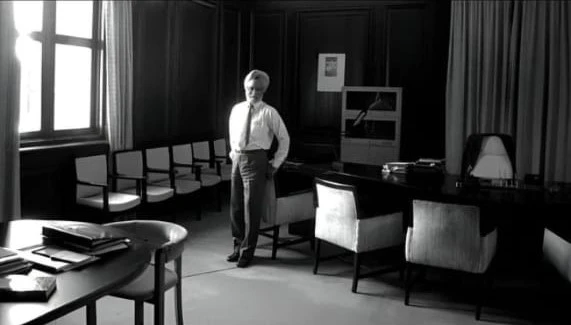
Dr Manmohan Singh
Prime Ministerial Years: Growth and Challenges
After serving as Finance Minister until 1996, Singh’s political career took another turn when he became India’s Prime Minister in 2004, following Sonia Gandhi’s decision to step aside. Singh’s tenure as the 14th Prime Minister was marked by significant legislative achievements, including the Right to Information Act, the Mahatma Gandhi National Rural Employment Guarantee Act (MNREGA), and the establishment of the Unique Identification Authority of India.
Economic growth during Singh’s first term was robust, averaging 8% annually. However, his government faced criticism for corruption scandals, including the 2G spectrum allocation controversy. Singh, often accused of silence in the face of such allegations, famously remarked, “I honestly hope history would be kinder to me than the contemporary media.”
The Indo-US Civil Nuclear Agreement defined his second term, nearly costing his government its majority. Despite the Left Front’s withdrawal of support, Singh’s leadership ensured the survival of the coalition. His quiet resolve was evident when he stated in 2008, “We are all birds of passage… it is our duty to be honest and sincere in the discharge of these responsibilities.”
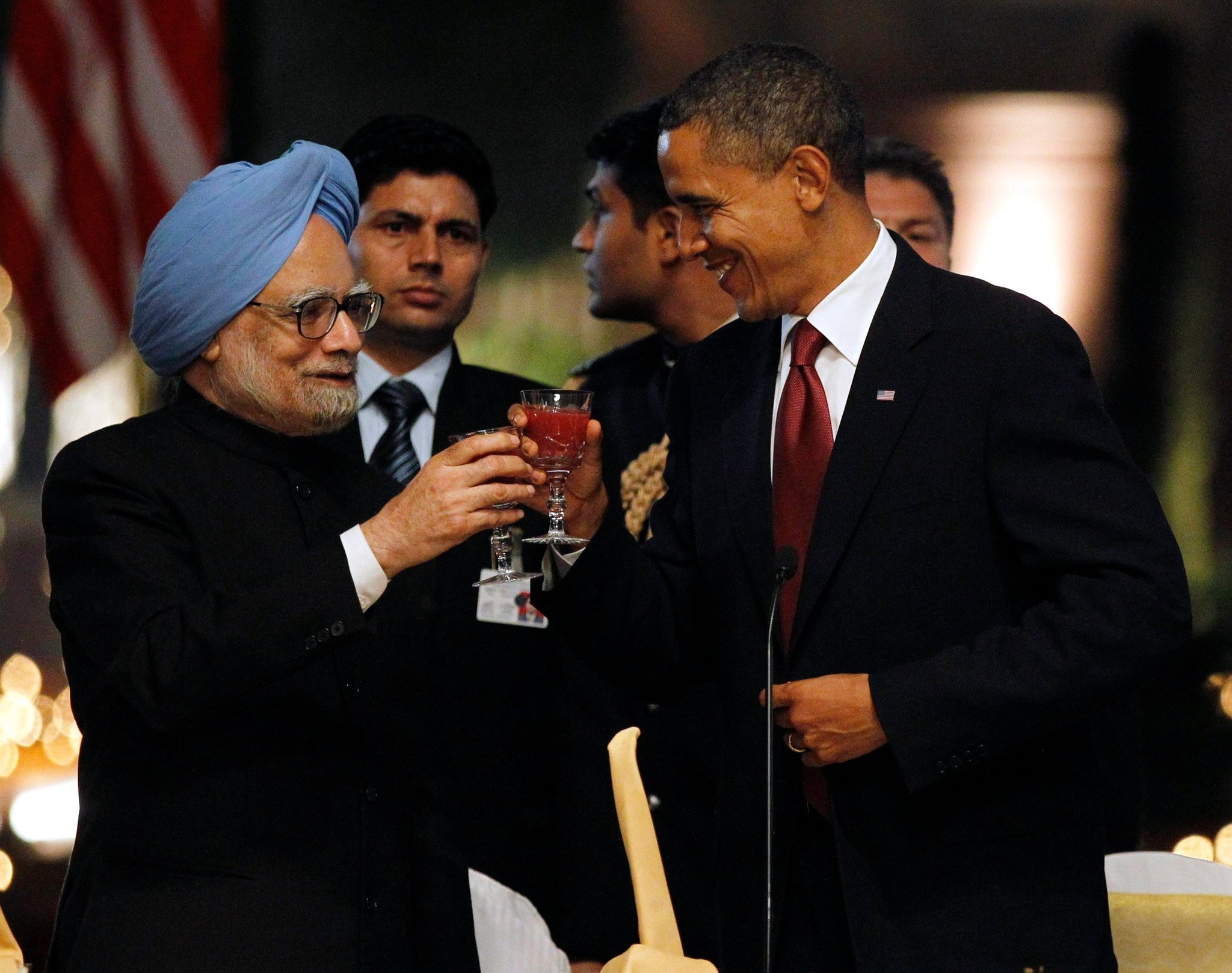
A Legacy of Transformation
Dr. Manmohan Singh’s career spanned academia, bureaucracy, and politics, leaving an indelible mark on India’s economic and political landscape. As Finance Minister, he steered the country away from economic collapse; as Prime Minister, he championed inclusive growth. His policies not only stabilized the economy but also laid the groundwork for India’s integration into the global market.
Even as detractors tried to demean him, Singh’s steadfast commitment to ethical governance earned him widespread respect. Reflecting on his journey, Singh’s measured words to Mark Tully encapsulated his humility: “That’s how I started in politics.”
Today, as India continues to build on the foundations of the 1991 reforms, Dr. Singh’s legacy endures as a testament to the power of quiet determination and visionary leadership.
